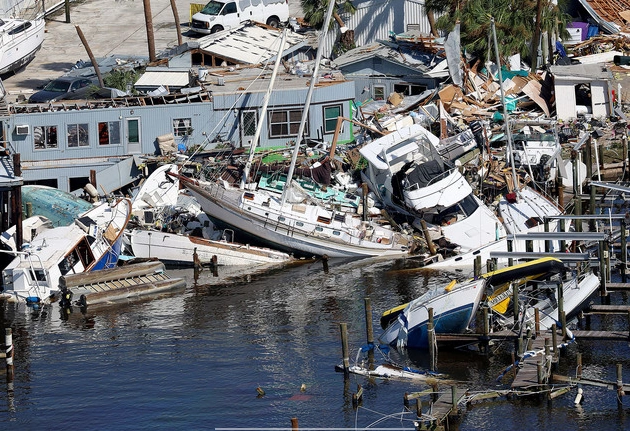
Florida is bracing for the peak of hurricane season while navigating uncertainties surrounding FEMA reforms. Despite discussions at the federal level, local emergency management officials in Florida are focused on ensuring preparedness.
Hurricane season in Florida officially commenced on June 1, signaling the need for heightened vigilance as the historically active period approaches. County emergency managers are prioritizing readiness within the existing framework, as potential changes to FEMA funding continue to be debated at the national level.
Florida’s Proactive Approach
Jonathan Lord, president of the Florida Emergency Preparedness Association, emphasized the importance of prioritizing community safety over policy discussions. He highlighted the state’s resilience in the face of past disasters and its commitment to evolving emergency response strategies.
Following the devastation caused by Category 5 Hurricane Andrew in 1992, Florida established a comprehensive emergency network that has since served as a model for disaster preparedness. Each hurricane season presents an opportunity to refine evacuation plans, enhance sheltering protocols, and update training requirements for emergency managers.
While Florida has a robust history of managing disasters effectively, it has also relied on substantial FEMA funding for recovery efforts. Typically, FEMA covers 75% of recovery costs incurred by the state and local entities, with the possibility of full reimbursement in catastrophic scenarios.
In the aftermath of Category 4 Hurricane Ian in 2022, Lee County faced unprecedented cleanup expenses, prompting FEMA to allocate 100% funding for initial recovery operations. However, the future of such comprehensive funding remains uncertain as the federal government reevaluates disaster assistance policies.
Uncertainties in Federal Funding
Recent discussions within FEMA and the White House have raised concerns about potential cuts to federal disaster funding. Florida Division of Emergency Management Director Kevin Guthrie underscored the evolving landscape of disaster assistance, noting the diminishing likelihood of complete federal coverage for recovery costs.
Historically, FEMA’s decisions on funding allocations have played a crucial role in aiding rural counties hit hard by disasters. The flexibility to provide full reimbursement has been instrumental in supporting communities with limited resources in their recovery efforts.
Amidst proposals to reduce federal spending on disaster relief, Florida’s emergency managers are proactively preparing for scenarios where federal support may be scaled back. The need for local adaptation and contingency planning has become paramount in light of potential shifts in FEMA’s funding policies.
Adapting to Changing Policies
While past collaborations between state and federal authorities have facilitated effective disaster response, the future landscape of disaster funding remains uncertain. The Trump administration’s considerations to restructure FEMA and alter funding mechanisms have prompted states like Florida to enhance their self-reliance in disaster mitigation and recovery.
Florida’s experience with navigating complex disaster scenarios has positioned it as a leader in emergency management practices. The state’s proactive initiatives and continuous refinement of disaster response protocols underscore its commitment to safeguarding communities from the impacts of natural disasters.
As Florida prepares for the peak of hurricane season amid ongoing FEMA reform discussions, the state’s emergency management officials remain resilient in their dedication to protecting lives and property. By staying adaptable and proactive, Florida aims to mitigate the potential impacts of future disasters while advocating for sustainable disaster funding strategies.











